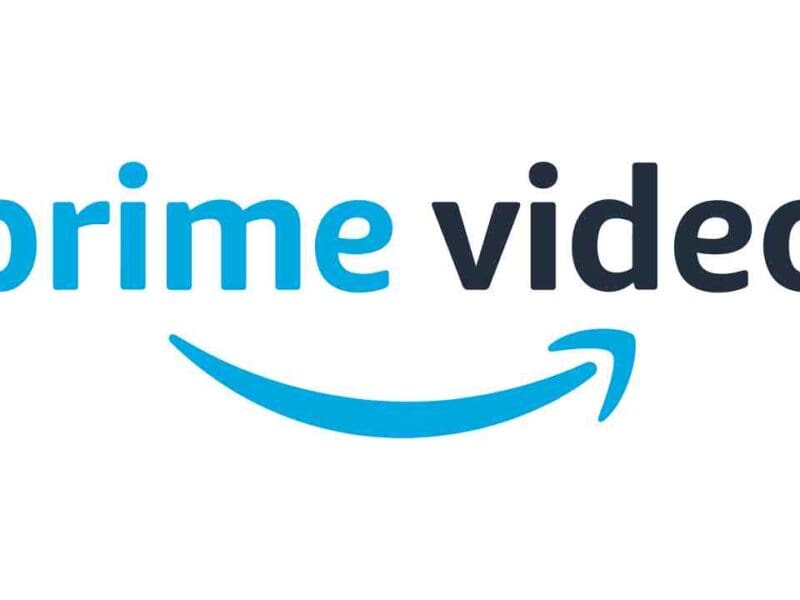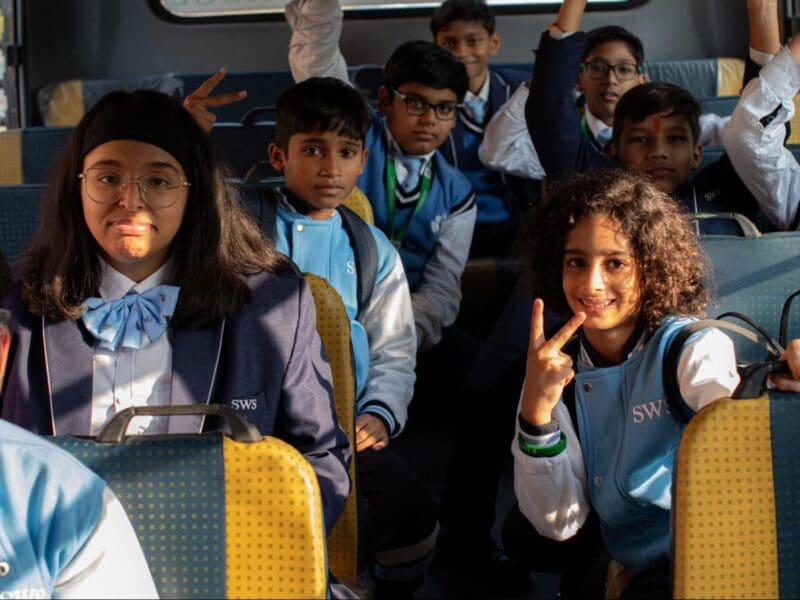
Why isn’t there more LGBTQ+ representation in Indian TV?
Following a viral tweet by Emmy winner & Schitt’s Creek creator Dan Levy, many have questioned the lack of representation of the LGBTQIA+ community in Indian television. India has previously been criticized for its censorship, but censorship in the country became more prevalent when the Canadian show was obviously edited to omit a kiss between two men.
India legalized same-sex relationships two years ago, but reports still suggest homophobia exists in the country despite the new laws. This seems to be reflected in Indian movies & TV, which frequently still portray people in the LGBTQIA+ primarily through stereotypical tropes and in a negative light.
Here’s what happened with Schitt’s Creek and why LGBTQIA+ still needs some work in Indian media.

Schitt’s Creek censorship
Comedy Central India went under fire earlier this year when Schitt’s Creek creator & star Dan Levy went to Twitter to call out an edited clip of Schitt’s Creek they posted. In the clip, characters are playing Spin the Bottle. While it shows a kiss between two women and a man & woman, the clip abruptly skips over a shot with a kiss between two men. This shot was included in the original show and the omission is clearly jarring to watch.
After questioning why the channel edited the clip, Levy wrote on Twitter, “This is a show about the power of inclusivity. The censorship of gay intimacy is making a harmful statement against that message”. Pragathi Ravi of Digital Spy pointed out the difference between showcasing a kiss between two women rather than two men reinforces the notion that “lesbians exist solely to satiate the voyeurism of heterosexual men”.

His anger was hardly misplaced. This is not the first instance where Indian television or channels of pop culture have snubbed homosexuality in order to pander to the heteronormative majority.
Indian cinema has a long history of misrepresenting queer characters in their movies & shows. On multiple occasions, directors have capitalised on caricaturing & ridiculing gay characters on screen while cementing the country’s existing stereotypes.

Previous censorship
According to Business Insider India, censorship, in general, has been a problem in India over the years. The website cited Netflix blurring nudity, gore, & violent content in the fifth season of Vikings, while Amazon Prime censored nudity in The Marvelous Mrs. Maisel.
As for LGBTQIA+ censorship, Digital Spy reported Hotstar, an Indian streaming platform recently acquired by Disney, censored Glee to completely hide a gay relationship. According to Digital Spy, fans who watched the show on Hotstar didn’t know Kurt Hummel & Blaine Anderson were in a relationship for over three seasons, as any form of intimacy between the two were edited out of the show.

LGBTQIA+ representation in Indian media
Even more than censorship of LGBTQIA+ people & relationships, Digital Spy said India has a longstanding record of ridiculing individuals within the community, with many commercially-successful Indian movies negatively portraying gay characters. While LGBTQIA+ representation may not be new, many critics point out they are largely stereotypical depictions of people in the community.
There has been some progress, like Indian soap opera Maryada: Lekin Kab Tak featuring a gay couple in 2011, but most LGBTQIA+ representations are seen in non-mainstream movies & TV. The first depiction of a lesbian couple in Indian cinema was in 1997 with Indian-Canadian director Deepa Mehta in her film Fire. Portrayals of LGBTQIA+ individuals remain scarce in Indian media.

LGBTQIA+ rights in India
Same-sex relationships have been legal since 2018 and transgender people have been able to change their legal gender since 2019. While this is progress, there are still many rights for the LGBTQIA+ community yet to be established, such as same-sex marriage, LGBTQIA+ people in the military, and adoption by same-sex couples, though single people in the community may adopt.
Despite these new rights, news outlets have reported homophobia still largely exists in India. Gay relationships may be legal, but conversion therapy still exists in India, according to The Conversation, which reported a bisexual woman committed suicide in May 2020 after she had gone through conversion therapy.







